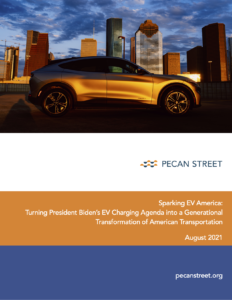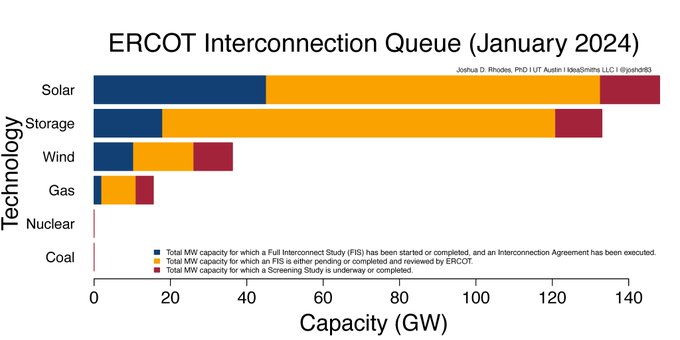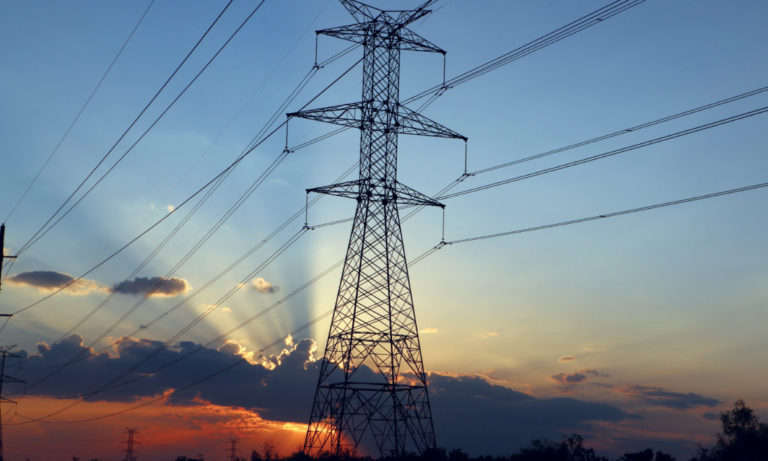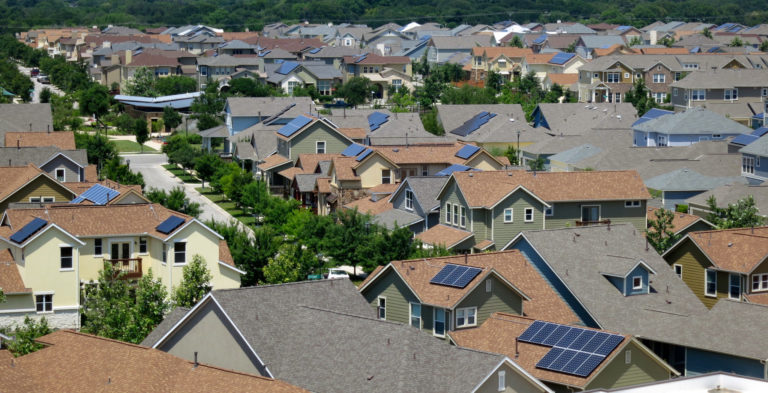November 3, 2021
As climate action takes center stage this week at the COP26 conference in Glasgow, Pecan Street will reflect on some of the issues we believe will be key to keeping global temperatures from rising above 1.5 degrees.
Topics will include AI applications for soil carbon sequestration, energy equity, water equity, and energy data regulations. Next up are our recommendations for federal EV charging infrastructure spending.
By Colin Rowan, director of strategy & communication, Pecan Street
It looks like we might be closing in on a deal for the Biden Administration’s Build Back Better plan. We’re still waiting to see the bill language, but the outline includes significant increases for EV tax incentives that could further spark electric vehicle demand, drastically cut transportation sector emissions, and help us meet our overall emissions targets.
 In addition to EV incentives, the administration needs to consider how Build Back Better and infrastructure spending would bolster the nation’s charging infrastructure. Our recent paper, Sparking EV America outlined the key principles the Biden administration’s EV charging strategy should follow to maximize the impact its investment will have on EV adoption.
In addition to EV incentives, the administration needs to consider how Build Back Better and infrastructure spending would bolster the nation’s charging infrastructure. Our recent paper, Sparking EV America outlined the key principles the Biden administration’s EV charging strategy should follow to maximize the impact its investment will have on EV adoption.
Our recommendations include some familiar areas, but some new ones, too, like America’s pending circuit panel crisis.
• hardwiring emission and equity goals into every funding decision
• prioritizing road-trip charging
• revamping customer incentives (rebates, tax credits, etc.)
• expanding beyond single-family homeowners
• addressing the pending residential circuit panel crisis
• addressing “invisible infrastructure” issues, like utility rates, smart charging policies, data accessibility, and hardware compatibility.
Most coverage about the legislation had been focused on political negotiations. Still, we hope some of these concepts will find their way into the public discussion about “what comes next” for a national EV charging plan. Funding is critical, of course. But how that money is spent will be just as important, especially if we want the investment to have a lasting impact on EV adoption.



















